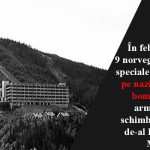Criza refugiaților după cel de-al Doilea Război Mondial
Pe măsură ce valul de refugiați sirieni tinde să împânzească întreg teriroriul Europei, acest eveniment este unul dintre cele mai tragice întâmplări după cel de-al Doilea Război Mondial, mai cu seamă că în ultima perioadă țările nu mai sunt dispuse să primească refugiați pe teritoriul lor.
În 1944-1945 milioane de europeni au fugit din fața războiului care a adus cu el sărăcie și multă suferință.
La sfârșitul războiului, milioane de refugiați din întreaga Europă nu mai aveau niciun fel de locuință, economia era în criză profundă, iar o bună parte a infrastructurii industriale a continentului era distrusă.
O acțiune tulburătoare a fost expulzarea germanilor după încheierea celui de-al Doilea Război Mondial, mai precis deportarea în masă a celor considerați a fi de etnie germană din zonele ocupate de Uniunea Sovietică în Europa, imediat după încheierea războiului.
Prima etapă a procesului de expulzare a reprezentat-o evacuarea haotică a populației civile organizată de autoritățile germane în mai multe părți ale țării. Au urmat deportările celor care rămăseseră după prima etapă, care în multe părți se aflau în zonele ocupate de Armata Roșie, și care erau concepute anume pentru crearea statelor naționale omogene din punct de vedere etnic.
În atmosfera postbelică, ale cărei caracteristici imediate erau haosul, foametea, bolile, vremea potrivnică, criminalitatea, milițiile populare răzbunătoare și violențele gratuite, pierderile de vieți omenești din rândurile populației civile germane s-au ridicat la cifre apreciate de unele surse ca fiind de ordinul milioanelor.
Conform estimărilor, mai mult de 60 de milioane de europeni au devenit refugiați în timpul războiului și după ce acesta s-a încheiat.
Vă prezentăm mai jos câteva imagini care surprind haosul din 1944-1945 și criza refugiaților din acele timpuri.
Betti Malek adusă din Belgia în Anglia, 17 mai 1945
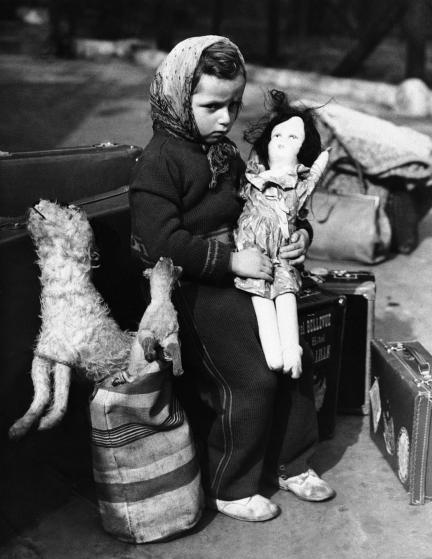
Oameni fugiți din Germania de Est, 1944
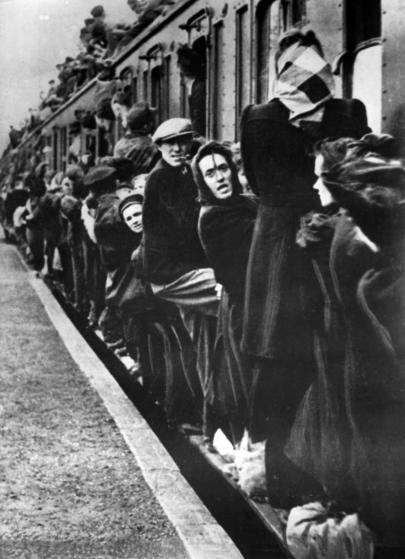
Refugiat olandez sosit în Marea Britanie, la Tilbury, Essex, 11 martie 1945
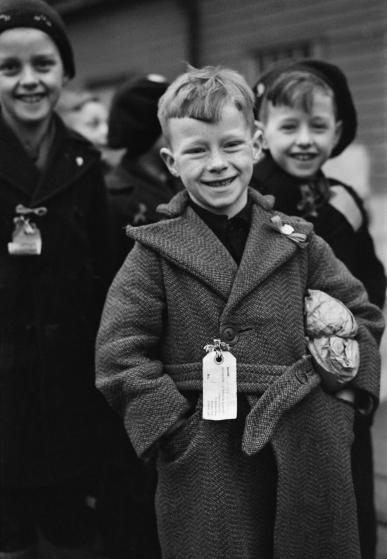
Evreica Eva Bass, fostă cântăreață într-un club din Paris, împreună cu copiii săi, într-o tabără de refugiați din Ontario, 1944
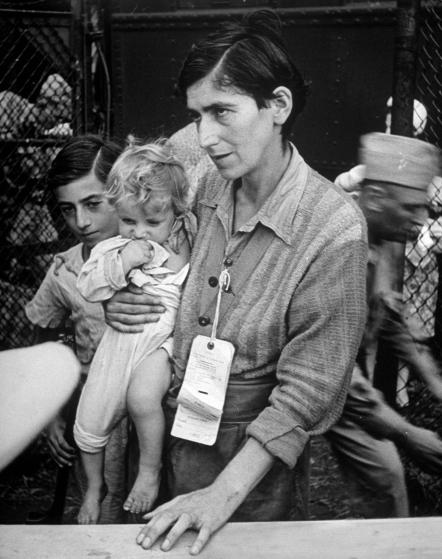
Un grup de copii refugiați olandezi care sosesc la Coventry Station în Marea Britanie, 1945
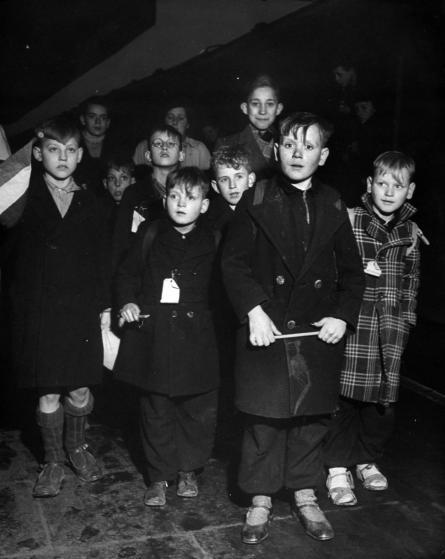
Tabără de refugiați, Franța, 1944
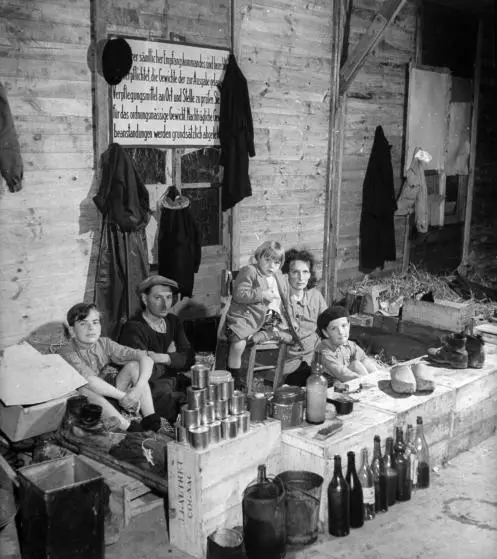
Refugiați germani, 1945
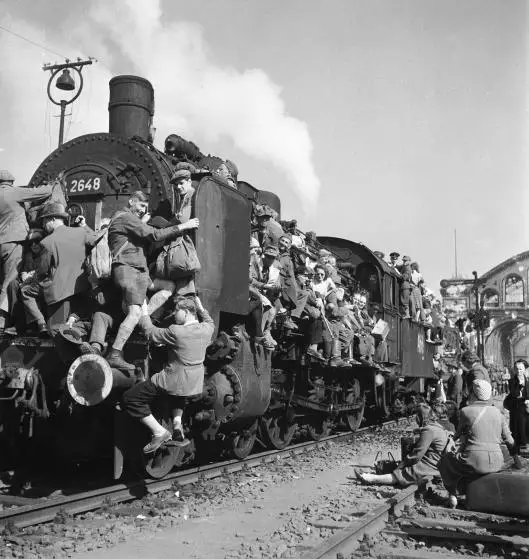
Refugiați care au părăsit Polonia și mergeau pe liniile de cale ferată în speranța că vor fi preluați de un tren britanic

10 august 1944, refugiați fugiți la Saint-Pois, pentru a scăpa de luptele de la Mortaine
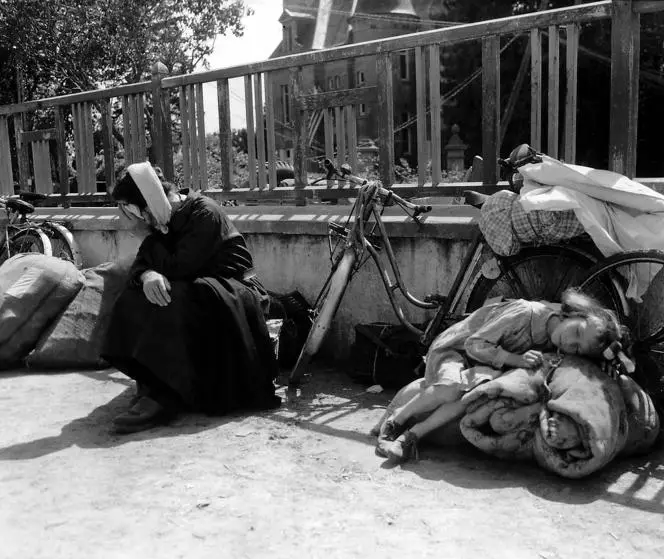
Refugiați în La Gleize, Belgia, 2 ianuarie 1945
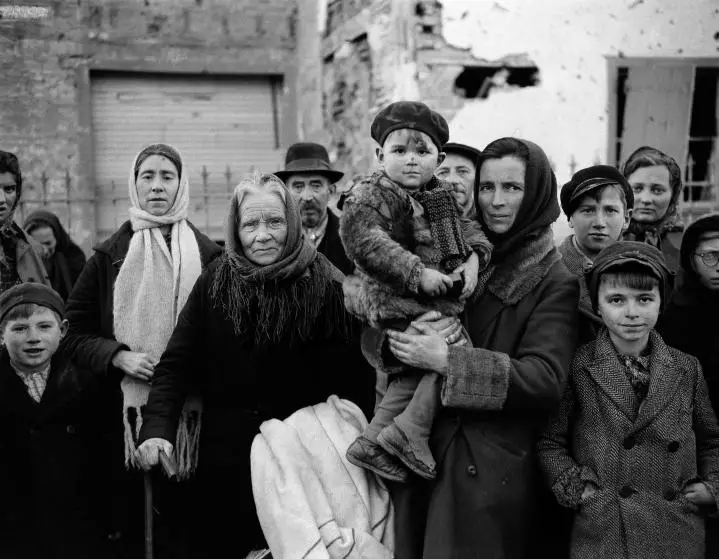
Coadă pentru alimente la o tabără de refugiați a Forțelor Aliate, Germania 20 mai 1945
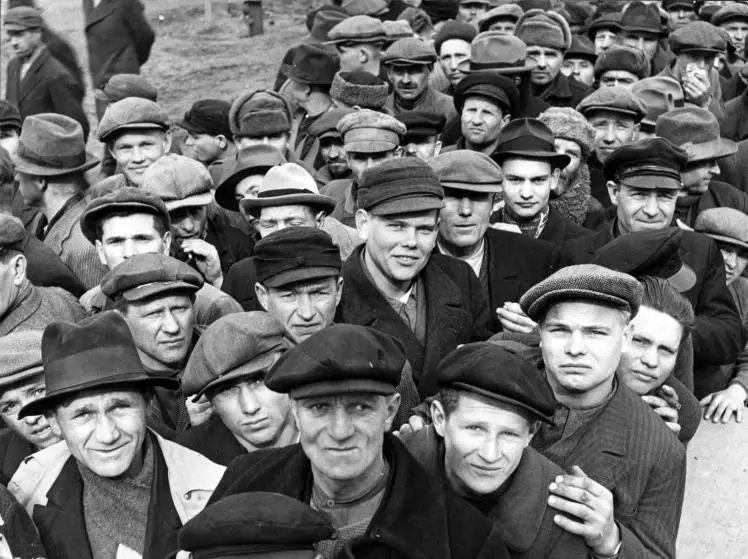
Oameni care își părăsesc locuințele distruse în urma războiului, Gemania 1945
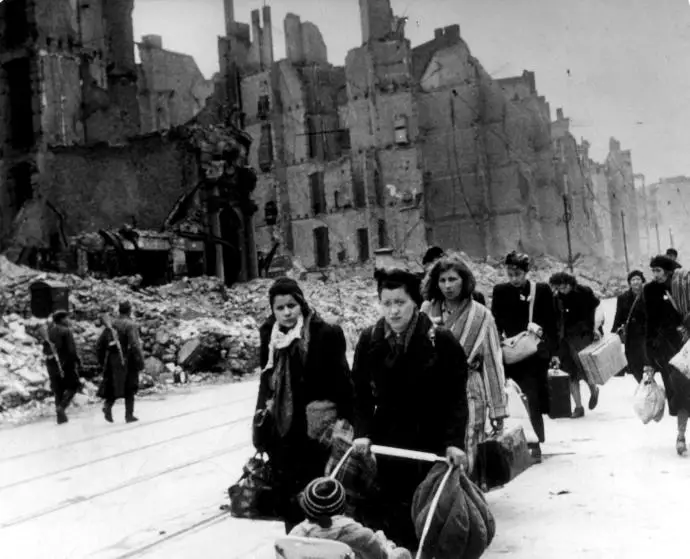
Refugiați germani care au fugit din zona rusă și dorm într-o tabără improvizată, Germania, 24 octombrie 1945
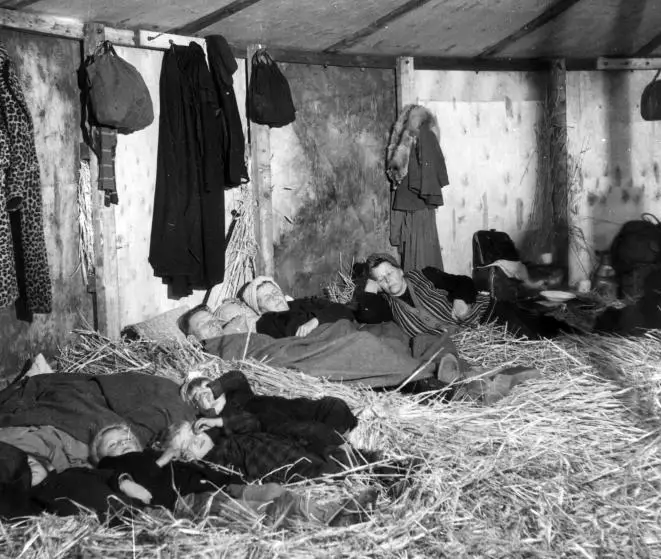
Refugiați germania în Juchen, Germania, oraș capturat de armata SUA, 3 martie 1945
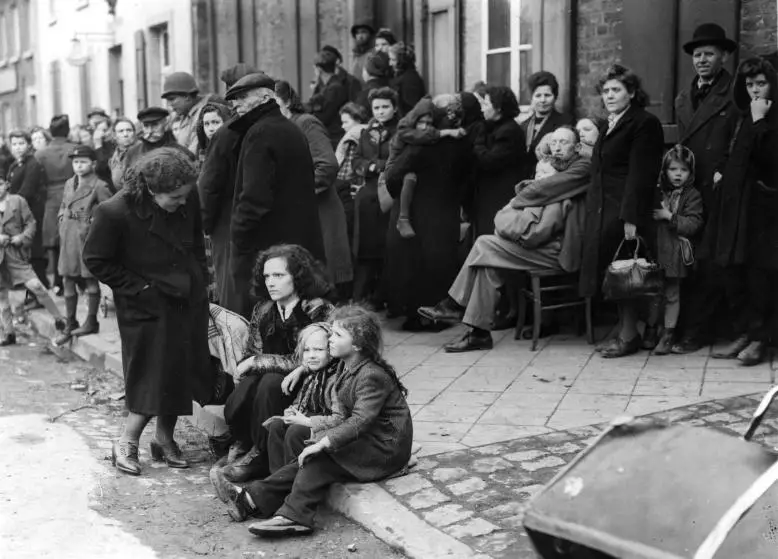
Oameni ghemuiți într-o clădire municipală, 1945
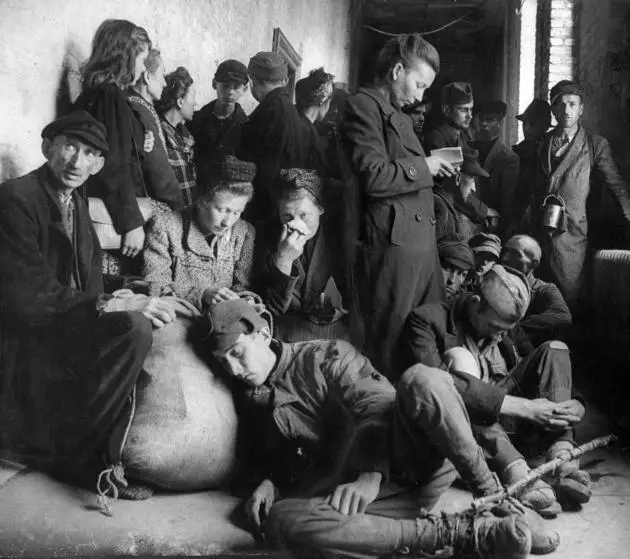
Oameni pregătiți să fugă din orașul Aachen, Germania, 24 octombrie 1944
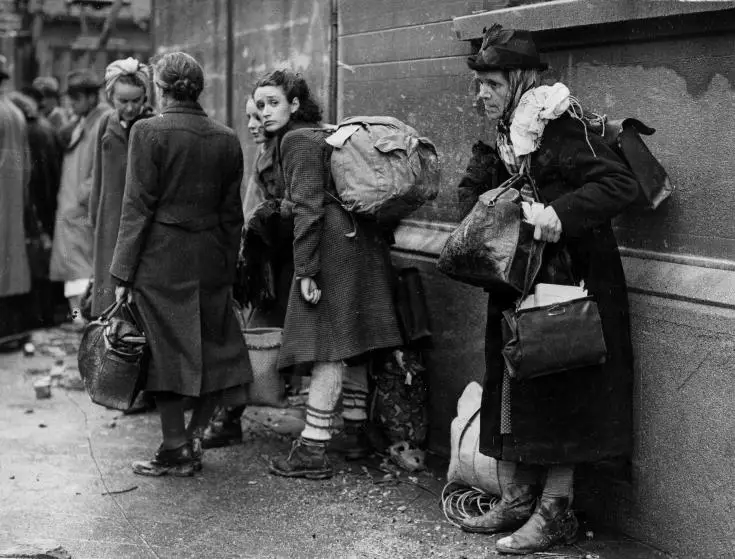
Femei și copii așteptând la marginea drumului, 1945
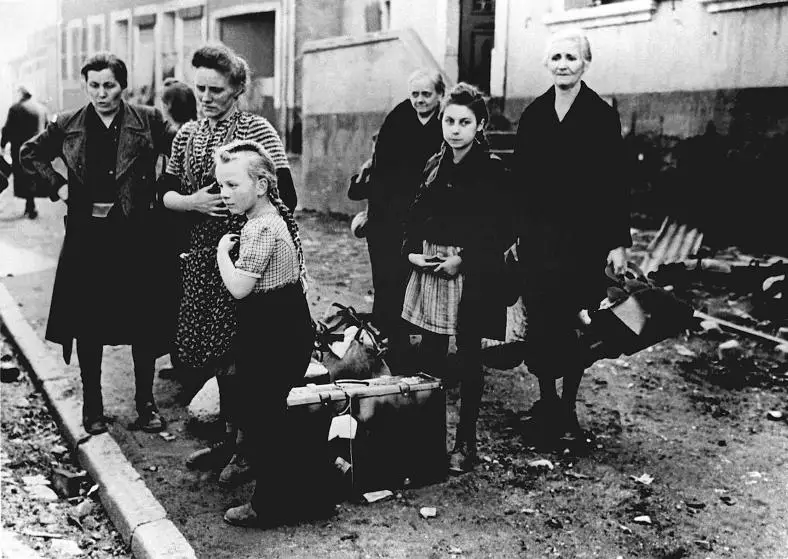
Refugiați pe străzile din Aachen, Germania, în drum spre o zonă sigură, de parte de conflict, 15 octombrie 1944
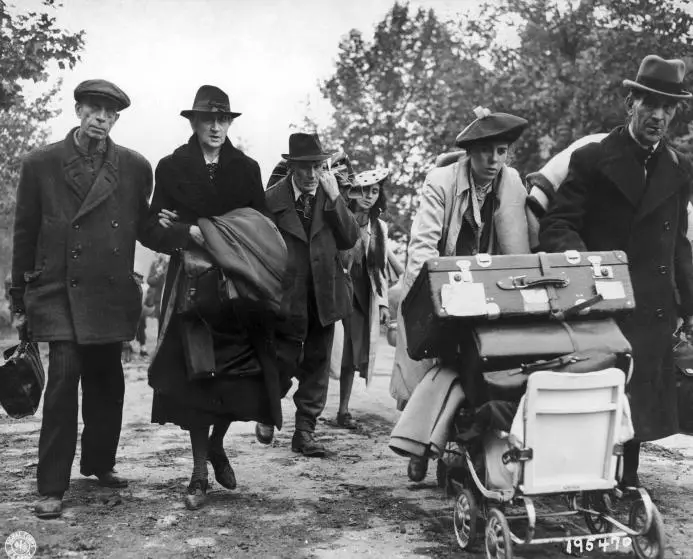
Berlin, 15 decembrie 1945
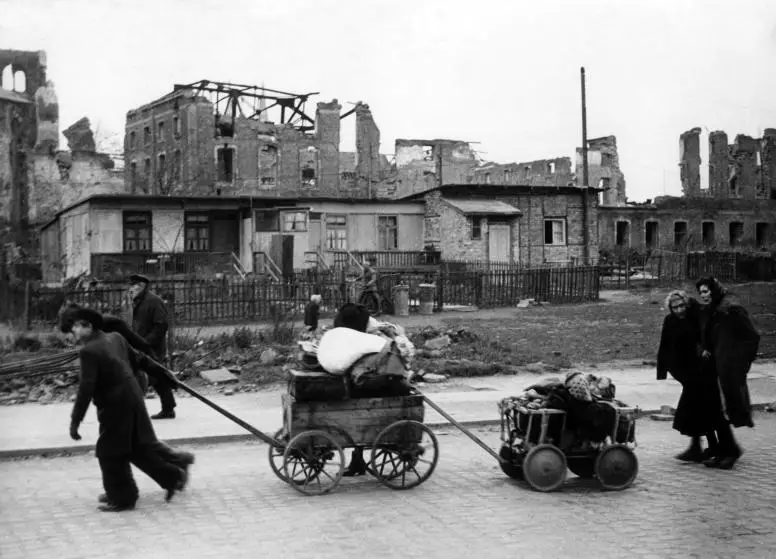
O franțuzoaică împreună cu copiii săi, părăsesc orașul Haguenau, Franța, 20 februarie 1945
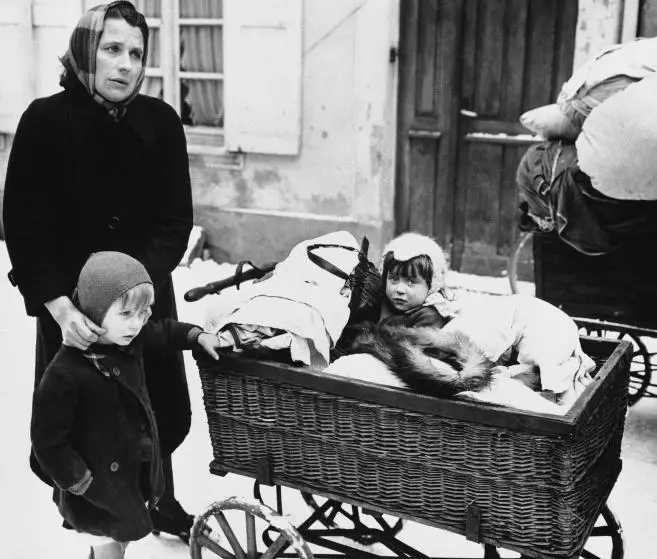


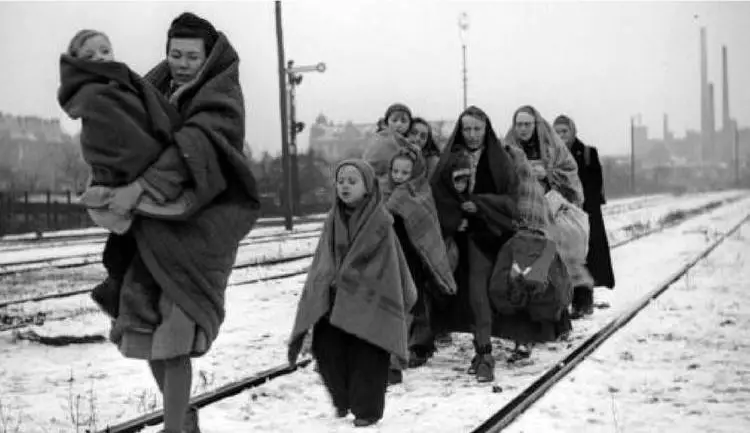
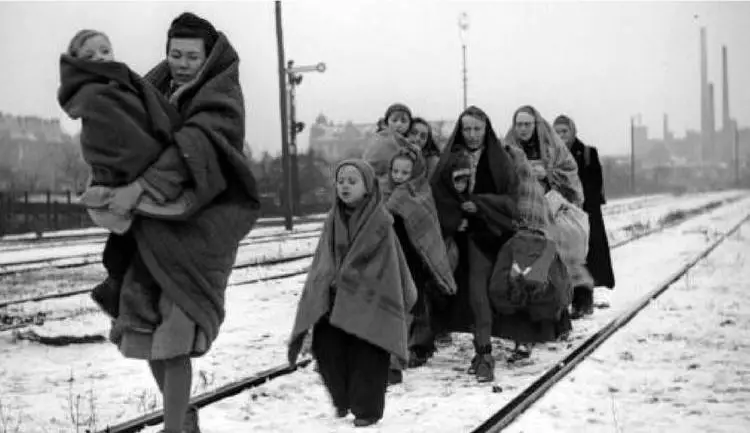
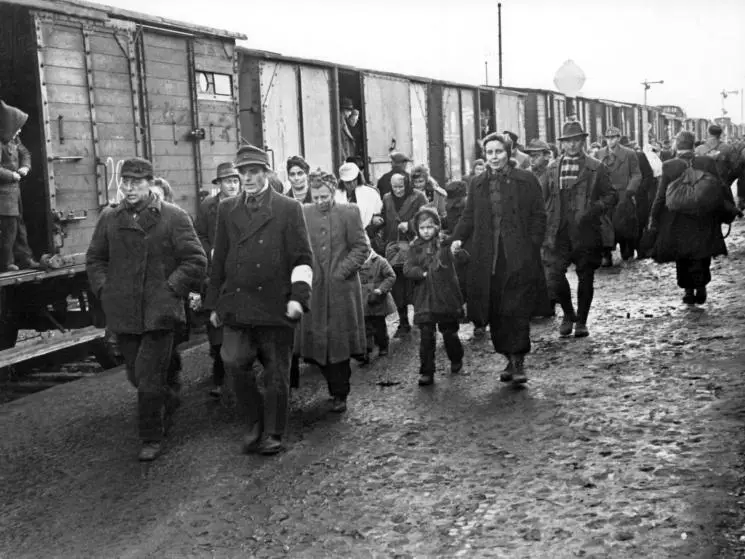 Sursa:
Sursa: 